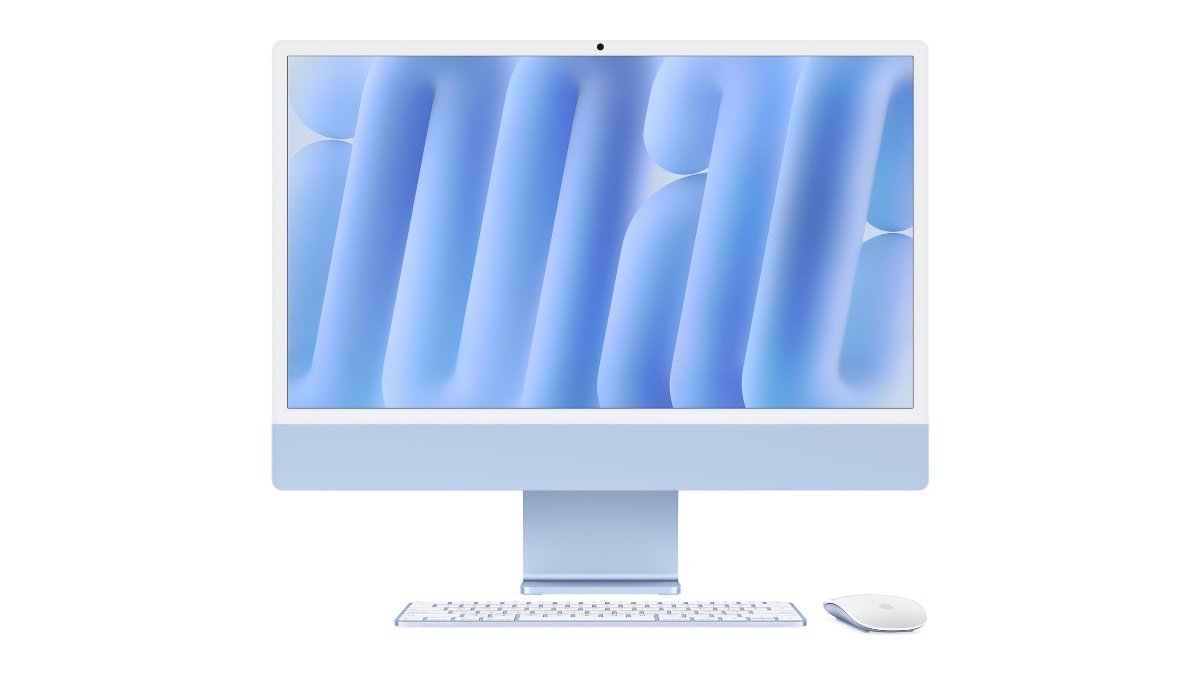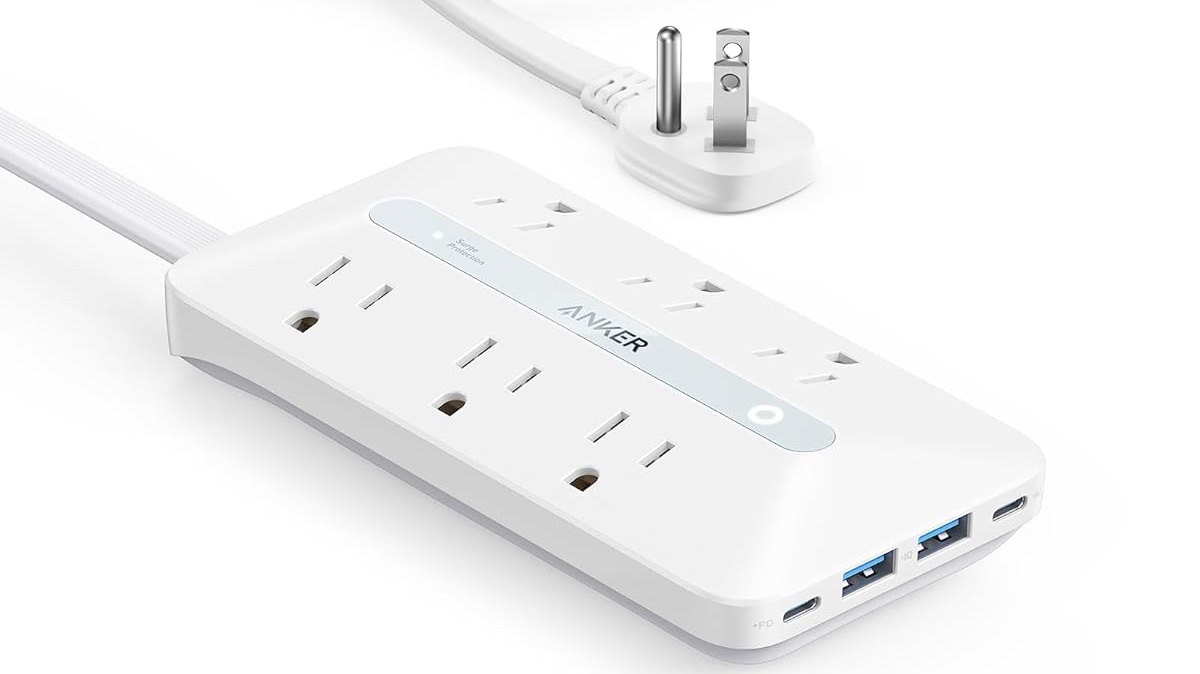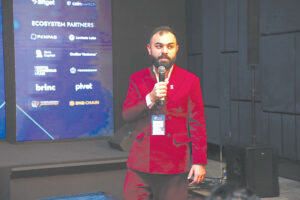The next step for OpenAI’s reasoning models is o3, a model previewed on Dec. 20. o3 and its smaller cousin, o3-mini, outperformed o1 in coding, math, science, and ‘conceptual reasoning’ tests designed to assess human-like intelligence and research applications. ‘Reasoning’ includes a safety feature called deliberative alignment, in which the model uses a “chain of thought” to prevent users from jailbreaking or tricking it into bypassing safety measures.
Meanwhile, Google’s Gemini 2.0 Flash Thinking Experimental model treads similar ground to OpenAI o1’s reasoning capabilities.
‘12 Days of OpenAI’ brings new tools and new generative AI functionality
The o3 announcement came at the close of OpenAI’s “12 Days of OpenAI” campaign, a holiday season series of product updates. These announcements, from Dec. 5 to Dec 20 (excluding weekends), showcased new features for OpenAI’s generative AI tools, with some available now and others still in testing.
Day 1: The $200 ChatGPT Pro and o1 updates
On Dec. 5, OpenAI introduced a new subscription tier for ChatGPT: the Pro plan. For $200 per month, the Pro subscription brings OpenAI o1, o1-mini, GPT-4o, and Advanced Voice to ChatGPT. It also allows access to o1 pro mode, a more compute-intensive version designed for difficult problems professional engineers and researchers face.
On the same day, OpenAI announced an updated, more detailed system card for the hotly-anticipated o1 model.
Day 2: The Reinforcement Fine-Tuning Research Program
With the Reinforcement Fine-Tuning Research Program, OpenAI introduced a new tool for developers and machine learning engineers to create customized models for specific tasks. It is expected to launch publicly in alpha testing in early 2025.
Day 3: Sora video generator
OpenAI’s photorealistic video generator, announced early last year, is now available for ChatGPT Pro users. While AI video creation is easier than ever, models like Sora still struggle with complex, fast-moving subjects and can often be identified by a too-perfect glossiness. Sora videos will be watermarked according to C2PA standards to identify them as AI-generated.
SEE: Learn the basics of generative AI with some of the many free courses available from Microsoft and LinkedIn, updated for 2024.
Day 4: Canvas
Canvas, a coding interface introduced in beta in October, became generally available in December. The current version of Canvas understands and writes Python and integrates with custom GPTs, allowing developers to connect to their apps. It also allows users to view prompts and outputs side-by-side for easier reference.
Day 5: Apple on-device AI with ChatGPT
Apple Intelligence received its expected ChatGPT update during the 12 days of OpenAI. The on-device Apple Intelligence can now access ChatGPT servers for more complex queries that the onboard chip cannot handle.
Day 6: Advanced Voice with Video
Advanced Voice mode, available to ChatGPT subscribers, can now converse about images on your computer screen or through your camera. The mode brings more natural speech and flexible responses to the audio version of the chatbot.
Day 7: Projects
As of Dec. 13, ChatGPT Plus, Pro, and Team users can organize their chats into Projects, or separate instances. Projects let users assign specific instructions that apply only within Project, and relevant resources can be stored with it. This feature will be available to Enterprise and Edu users in January.
Day 8: ChatGPT search upgrades
ChatGPT search received several tweaks after the December release, including a new maps interface, speedier response times on mobile, and more functionality for Advanced Voice to bring search up to speed with the rest of the paid-tier voice offerings. Search is now available to users at the free tier, as long as they log in with an email address.
Day 9: New features, options, and upgrades for developers
Day nine was all about developers, with a variety of announcements:
- Developers can now access OpenAI o1 in the API.
- Various upgrades for the API were released, including a simpler WebRTC integration, a 60% price reduction for GPT-4o audio, and support for GPT-4o mini at one-tenth of previous audio rates.
- Preference fine-tuning allows for improved customization.
- Go and Java SDKs are now out in beta.
Day 10: 1-800-CHATGPT
Taking a cue from Google’s classic Voice Search, OpenAI has opened a phone and WhatsApp line for its generative AI. Users can ask natural-language questions, and the chatbot will respond for free. OpenAI considers this feature experimental, noting that its availability and limitations may change.
Day 11: More options for apps
Day 11 brought a long list of connections from ChatGPT to more coding apps and tools, including VS Code forks, Jetbrains IDEs, additional Terminal apps, and more. (Initially, it supported iTerm 2, Terminal, TextEdit, VS Code, and Xcode.) Three new app integrations arrived, connecting ChatGPT to Apple Notes, Notion, and Quip. Advanced Voice Mode can now work with various other desktop apps of the user’s choosing.
OpenAI notes that ChatGPT won’t interact with desktop apps without the user’s permission.
Plus, Pro, Team, Enterprise, and Edu users can use the new app integrations.
Day 12: o3 and o3-mini
OpenAI saved the biggest news for last: o1 is no longer the company’s foremost model. Instead, o3 – now in early access for safety and security researchers – improves coding, math, and science performance. The company also pioneered a new technique called deliberative alignment, used to keep o3 on-mission. Safety researchers can apply to test o3 here.










Leave a Comment